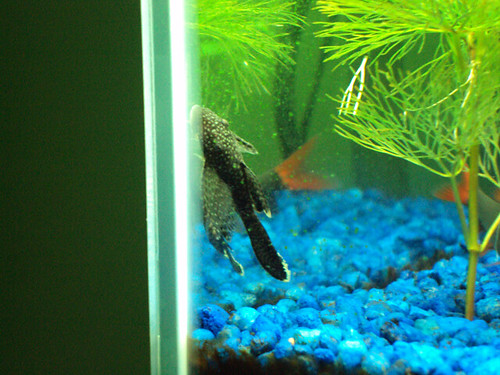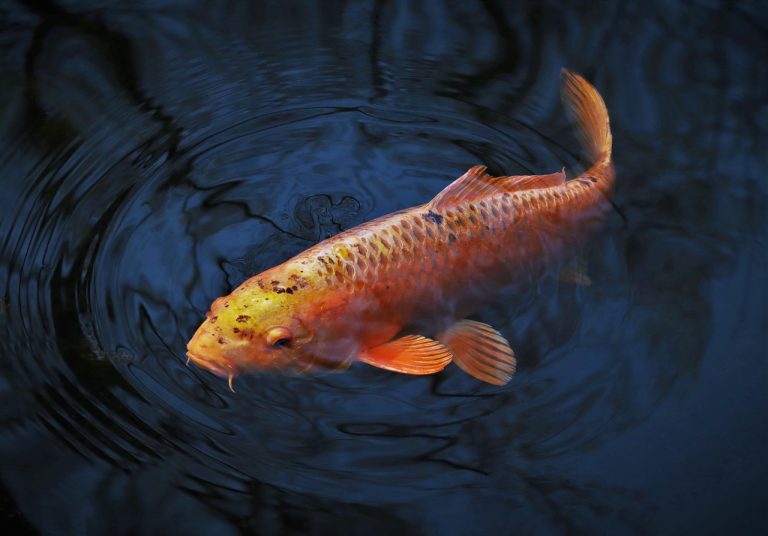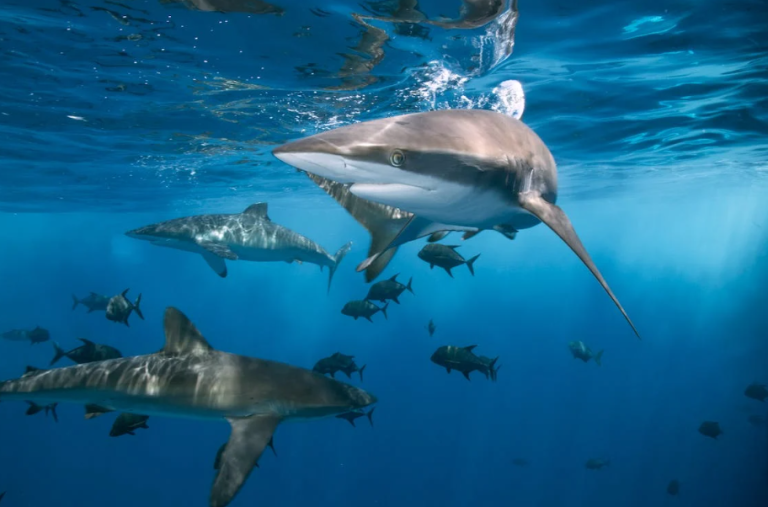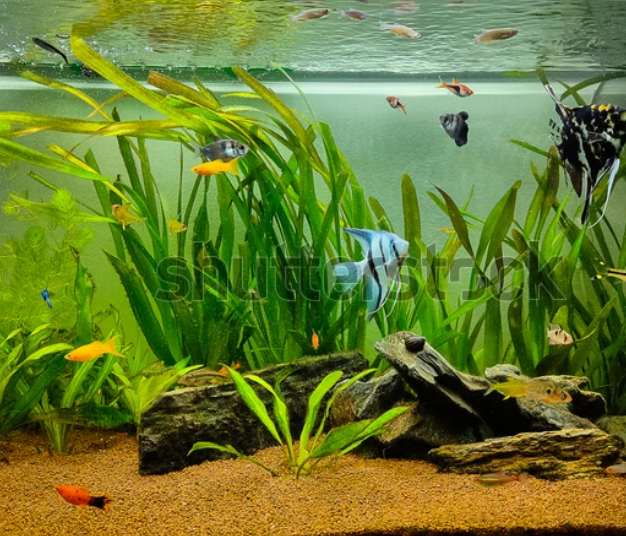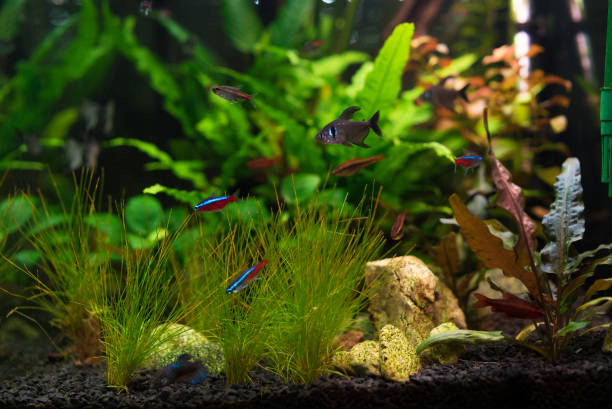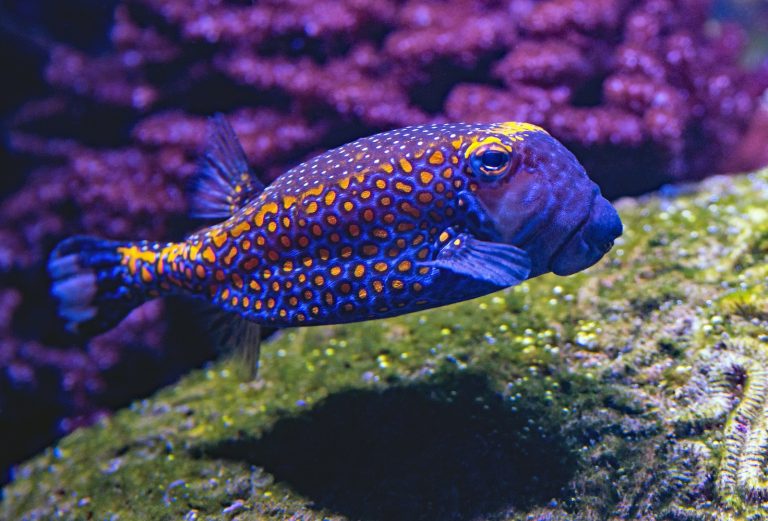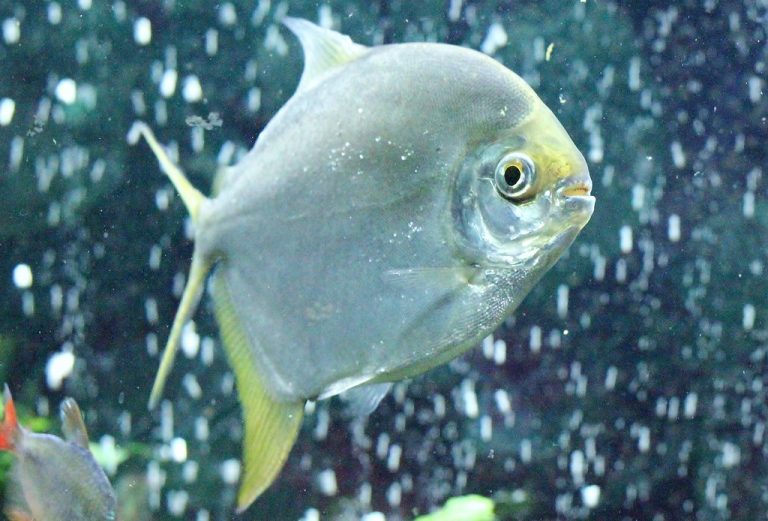Welcome to the comprehensive guide on Can Plecostomus Live with Bettas. If you’re a fish enthusiast, you’ve probably wondered about creating a harmonious environment in your aquarium by housing these two beautiful species together. In this guide, we will delve into everything you need to know to make this cohabitation successful. From their compatibility to care tips, we’ve got you covered.
Can Plecostomus Live with Bettas: A Comprehensive Guide
If you’re eager to provide a comfortable home for both Plecostomus and Bettas, it’s crucial to understand their needs, behaviors, and potential challenges.
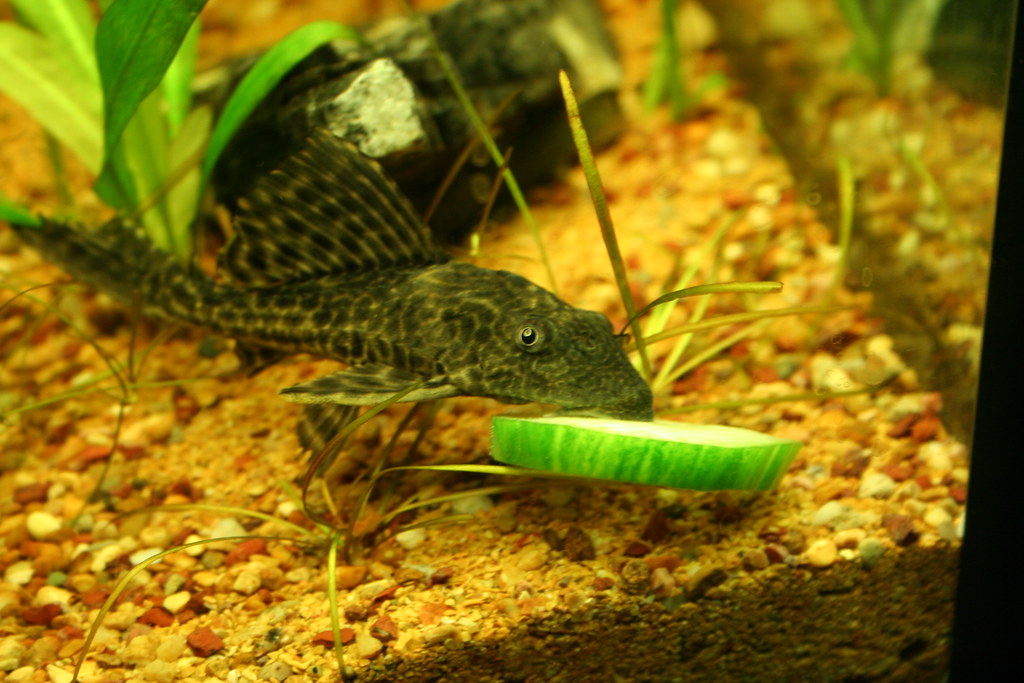
Understanding Plecostomus
The Plecostomus Species
Plecostomus, often referred to as “plecos,” are hardy, algae-eating catfish. Their unique appearance and cleaning abilities make them a popular choice for aquariums.
Compatibility
Contrary to their docile nature, Plecostomus can be territorial. To avoid conflicts with Bettas, consider a larger tank with plenty of hiding spots and territories.
Tank Requirements
Plecos need a spacious tank with good filtration, as they produce more waste than Bettas. Maintain stable water conditions with a pH level around 7 and a temperature between 72-78°F.
Diet and Feeding
These bottom-dwellers are primarily herbivores. Ensure their diet includes algae wafers, vegetables, and occasional protein-based foods.
Behavioral Insights
Plecostomus are nocturnal, so provide hiding spots and dim lighting to make them feel secure during the day.
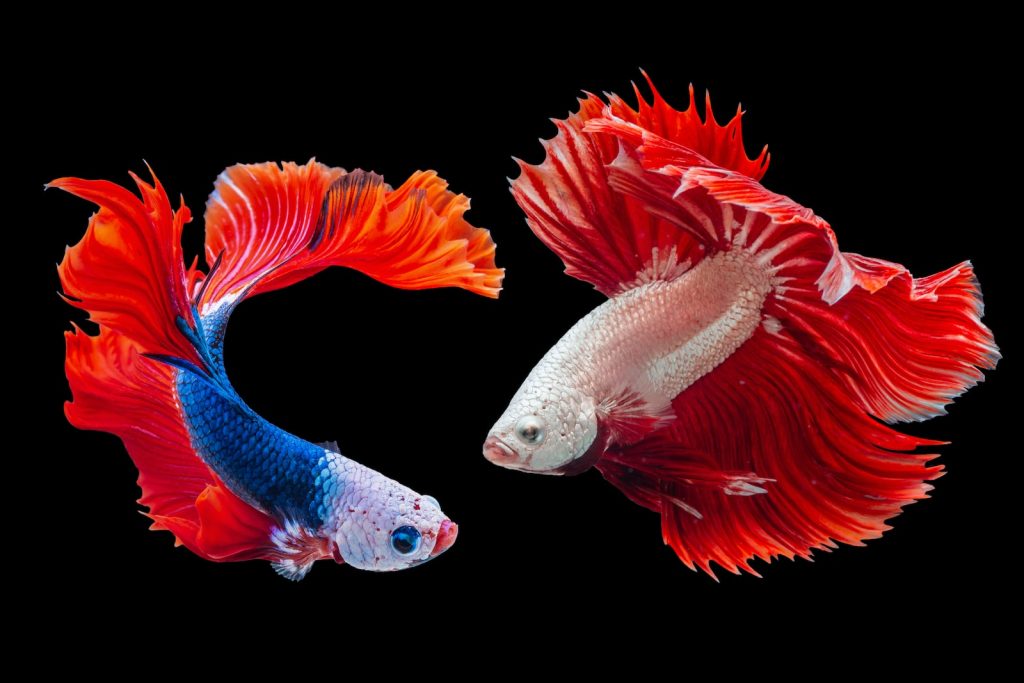
Understanding Bettas
The Betta Fish
Bettas, also known as Siamese fighting fish, are known for their vibrant colors and flowing fins. They can be territorial and aggressive, especially towards other Bettas.
Compatibility
While Bettas might be aggressive towards their own kind, they tend to coexist better with Plecostomus due to their distinct habitats in the tank.
Tank Requirements
Bettas require a tank with minimal water flow and ample surface area for air. Keep the water temperature between 78-82°F.
Diet and Feeding
Feed your Betta a varied diet of high-quality pellets, flakes, and occasional live or frozen foods to ensure their health and vibrancy.
Behavioral Insights
Bettas are known for their bubble nests, which they build as a sign of contentment. Providing them with a comfortable environment will encourage this behavior.
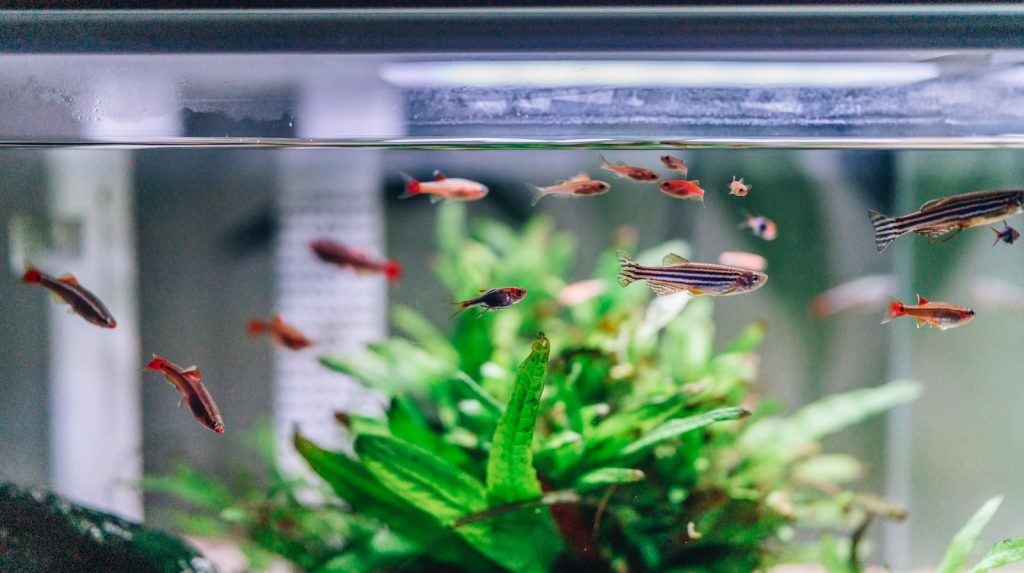
Ensuring a Harmonious Environment
Tank Size and Setup
A larger tank (at least 20 gallons) with plants, caves, and hiding spots will reduce territorial disputes between Plecostomus and Bettas.
Water Quality
Regular water testing and maintenance are essential to keep the environment stable and safe for both species.
Feeding Schedule
Establish a consistent feeding schedule to prevent overfeeding and maintain water quality.
Observing Behavior
Regularly observe the behavior of both Plecostomus and Bettas to identify any signs of stress or aggression.
FAQs
Can Plecostomus and Bettas coexist peacefully?
Yes, with proper tank setup and monitoring, they can live together harmoniously.
How do I introduce Plecostomus to an existing Betta tank?
Gradually acclimate Plecostomus to the tank and monitor their interactions closely.
What are common signs of stress in Bettas and Plecostomus?
Look for lethargy, loss of appetite, or hiding as signs of stress in either species.
Do Plecostomus and Bettas require different water parameters?
Plecostomus prefer slightly cooler water, but both species can adapt to a shared temperature range.
Can Plecostomus harm Bettas with their spines?
While Plecostomus have spines, they are unlikely to harm Bettas unless provoked.
How can I encourage bubble nest building in my Betta?
Provide a calm and stable environment with floating plants and low water flow.
Conclusion
In conclusion, with the right knowledge and precautions, you can create a thriving aquatic community with Plecostomus and Bettas cohabitating peacefully. Remember to provide ample space, maintain water quality, and observe their behavior regularly. By following this comprehensive guide, you’ll be well on your way to a successful and harmonious aquarium.
